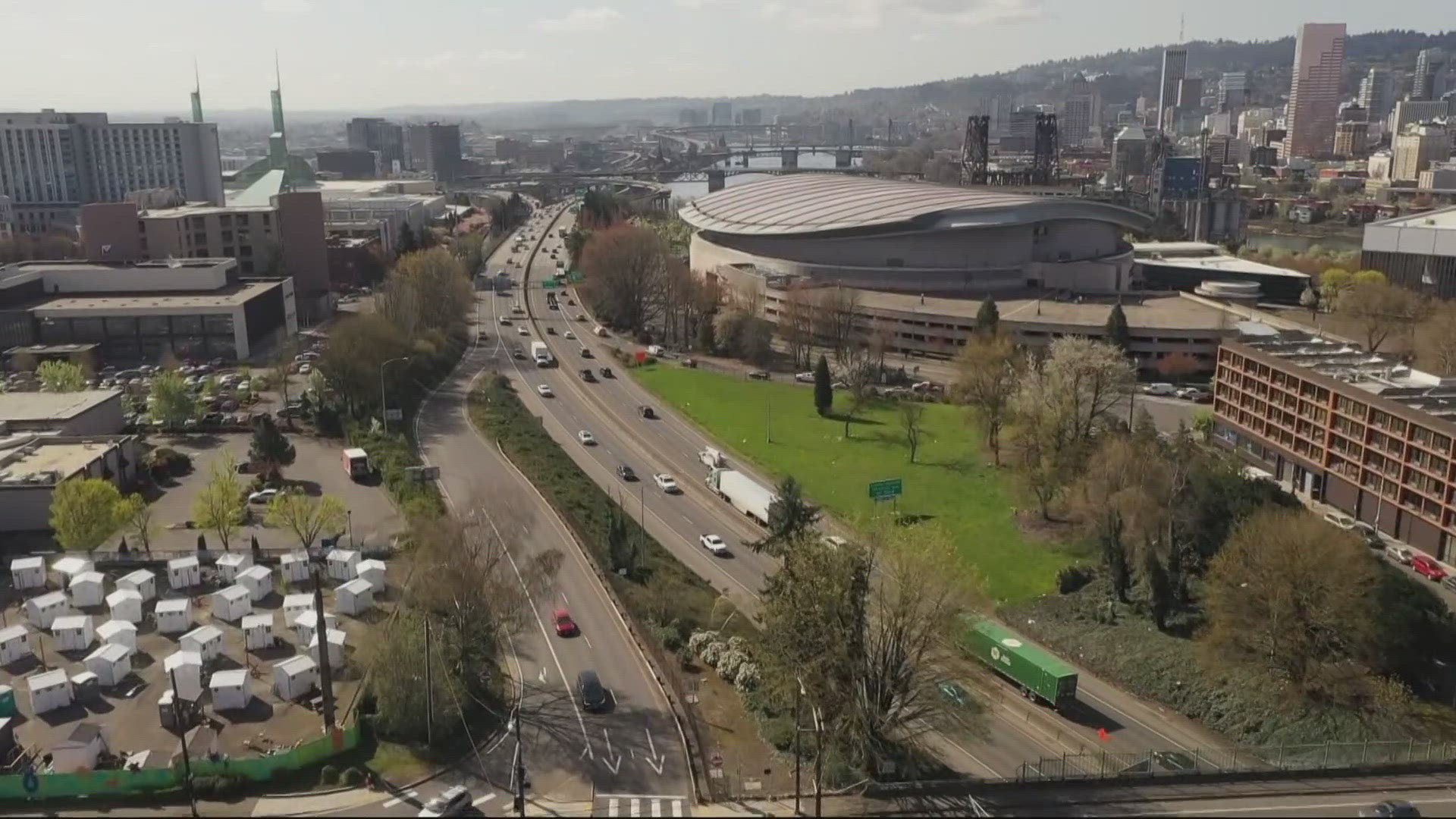PORTLAND, Oregon — On the night of Friday, April 28, Robert Ketchum — a 62-year-old man in a wheelchair — was struck and killed by a hit-and-run driver in Northeast Portland.
Portland Police say he died in the street as Portland Fire & Rescue crews attempted to save his life. His death is still an active investigation.
It took an ambulance 32 minutes to arrive to the scene.
Ketchum's case is one of thousands of 'Level Zero' incidents in Multnomah County in 2023 — times in which an emergency 911 call was made, but there were zero ambulances available for a dispatcher to send in response.
Data from Portland's Bureau of Emergency Communications shows Ketchum was hit at the worst time for a potential emergency response — a Friday or Saturday night.
Among the 14,774 'Level Zero' incidents recorded by BOEC in 2023, weekend evenings ranked as the worst time to have an emergency in Portland.
It was the most likely time that all AMR ambulance crews were busy on other calls, with people forced to wait for emergency transport to the hospital. (Outside of the unusual TriMet bus transport or Fire ride)
RELATED: Portland man taken to hospital in TriMet bus, highlighting Multnomah County's ambulance crisis
Fridays were the worst day of the week to call for an ambulance. Curiously, a two-hour stretch on Tuesday mornings from 9-11 a.m. was the worst time to call 911 outside of a weekend evening.
Interactive graph shows Level-Zero incidents by weekday and hour. Hover over boxes to see more data. Mobile users: tap here
A shortage of ambulance crews in Multnomah County is primarily to blame for the frequency of Level Zero incidents, although long wait-times in hospital bays or misuse of 911 could be contributing factors, according to leaders of AMR, the county's ambulance provider.
AMR Vice President Randy Lauer told KGW that AMR needs to deploy about 50 ambulance shifts each day, with 12 hour shifts. Currently, the company is only able to deploy 32 shifts due to a paramedic staffing shortage.
"The system is the closest to collapse that I've seen in my 42 years (in the industry)," Lauer told KGW. "The national paramedic shortage is like nothing we've seen before...you look at all the ambulances that are parked in our bay, they should be out on the street. Now, if we could staff them, they would be."
To make matters worse, AMR's staffing crisis is getting worse. The company lost more paramedics than it hired in 2023, reflective of staff burnout and a problem that lacks an imminent solution.
RELATED: Ambulance staffing crisis worsens in Multnomah County: AMR hired 32 paramedics in 2023, lost 44
AMR and Multnomah County leaders continue to clash over the county's two-paramedic requirement for ambulances. Lauer said AMR would be able to make immediate improvements in service if the county lowered the requirement to a one-paramedic and one-EMT model that is used by neighboring counties.
County EMS Medical Director Dr. Jon Jui has told KGW that the two-paramedic requirement saves lives.
"I can tell you if I have two trained paramedics — with you having a cardiac arrest, they're going to do a better job than one medic, guaranteed," Jui told KGW in March of 2023. "We're not going to degrade any of our services just because we have a staffing problem."
Meanwhile, pressure is mounting for the county and AMR to do something.
On December 14, commissioner Sharon Meieran proposed switching to the 1-and-1 model, saying it is 'unconscionable' and 'egregious' that the county's emergency response system has reached this point.
"Based on my experience as an emergency physician, consultation with EMS directors in Oregon, and research of standards of care and best practices, I have first recommended, then begged, for the change in staffing model for months," Meieran wrote. "Yet no meaningful action has been taken."
In a letter sent on January 23 to county leaders, Portland Fire Chief Ryan Gillespie advocated for a change to a 1-and-1 model, saying Level Zero incidents have now become 'the norm' and that firefighters are seeing 'firsthand the consequences to the community.'
"The shortage of ambulances is putting the community's lives in jeopardy and it is also putting our firefighters' lives in danger," Gillespie wrote. "The refusal of MC EMS to at least pilot this model, which could potentially add ambulances to our system in short order, is irresponsible at best. I implore you to change your hardline stance."
The BOEC data shows that the average time for a dispatcher to assign an ambulance during Level Zero events in 2023 was 9 minutes and 34 seconds.
That's longer than the contractual requirement of 8 minutes for an AMR Multnomah County ambulance to respond to a scene in an urban area — representative of most emergency 911 calls in the county. The BOEC data doesn't say how long it took ambulance crews, on average, to respond after being dispatched coming out of these Level Zero incidents.
AMR and Multnomah County leaders have both expressed interest in subcontracting to improve ambulance response in the county, but neither have taken the steps to do so.
The county fined AMR $513,650 in November for slow ambulance response.



